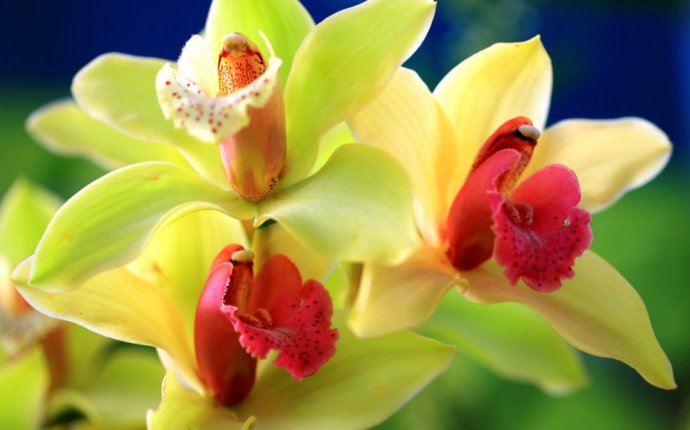
How To Multiply Orchids With Hair

How do you multiply the orchid?
Knowing the particular characteristics of home-grown orchids, it is possible to multiply a loved one. The multiplication of orchids produces the division of large plants, babies, top worms, side runs, pseudos, seeds.
The best time of the year for reproduction is the beginning of the spring (for transplant) when the plant of the orchids is about to be out of the state of peace with sufficient strength for growth. ♪ ♪
Basic methods for multiplying orchids.
- Vegetative multiplication - use parts of the maternal plant (brush, old pseudulfs, side runs, kids, retractions...) is called useless.
 Orchids in this case receive genetically equal maternal plant.
Orchids in this case receive genetically equal maternal plant. - Generative (semi-) multiplication - this is called sex. Sometimes such cultivation creates orchids, very different to parent plants.
- Measured reproduction (cloning)
- Orchid settlement
Most often, home-based orchids multiply the simple division of the bush during the transplant, simply disconnecting the bush with the roots, but it is desirable for each of the parts to remain three-strong (see division) ... For multipliers Use old long, thriving stalks, side runs or pseudoub fragments (for the cheques see below) Children are sometimes used from the upper nodes of pseudulb or kidneys on coloros. ♪ ♪
It is important to comply with certain rules in any multiplication or division of orchids, as well as when leaving. It is only necessary to work with disinfected tools. The roots require careful treatment because they are easily broken. Places of all the cuts to put a thick tree angle. Before we plant a fresh substrate for sustenance, we need a good soft water. For 3-4 weeks, plants should be placed in a warm place, but not solar. Not to swim, but to jump one day, not to feed fertilizers. ♪ ♪
Before we plant a fresh substrate for sustenance, we need a good soft water. For 3-4 weeks, plants should be placed in a warm place, but not solar. Not to swim, but to jump one day, not to feed fertilizers. ♪ ♪
Reproduction of stalk orchids (children)
"Childs," "bone escapes" are small new plants that are capable of forming certain types of orchids. These include, for example, Fhalaenopsis, Dendrobium (Dendrobium). "Bock escapes" can come out if houses where plants are located have a sufficiently high air temperature. Fertilizers with higher nitrogen content are also encouraged.











